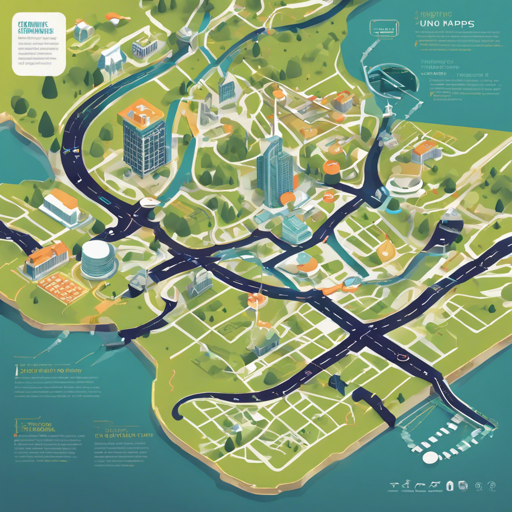Welcome to your journey into the world of Mapsforge, an open-source library designed to bring map functionalities to your applications. Whether you’re interested in Android development or standalone Java applications, Mapsforge has got something in store for you. This blog will guide you through the nuts and bolts of using Mapsforge effectively.
What is Mapsforge?
Mapsforge is a powerful library that facilitates the rendering of OpenStreetMap data using a compact file format. It allows for seamless integration into both Android and Java projects, providing you with robust tools for map creation, rendering, and styling. Below, we will outline how to get started, as well as some troubleshooting tips to ensure a smooth experience.
Getting Started with Mapsforge
To embark on your Mapsforge adventure, follow these simple steps:
- Compile Your Own Maps: Utilize the available tools to compile your own maps. Detailed instructions can be found in the Getting Started with Map Writer.
- Access Precompiled Maps: Need maps quickly? Download precompiled maps directly from Mapsforge’s official site.
- Set Up Your Environment: Ensure that you set the
ANDROID_HOMEenvironment variable with your Android SDK installation directory for seamless development. - Explore the Samples: Check out simple boilerplate code included in the Mapsforge Samples for Android applications.
- Flexibly Style Maps: Use XML style files for customizing the appearance of your maps. Render themes can be explored further in the Render Theme Documentation.
Using Mapsforge Effectively
Mapsforge allows you to create both simple and complex applications. Imagine building an impressive restaurant locator app—where each restaurant could be a Point of Interest (POI). You would display them on an OpenStreetMap, allowing users to navigate seamlessly. This is akin to laying out a treasure map where users can locate treasures (restaurants) easily. The treasure’s location changes as new maps are created or edited, much like updating your apps with new POI information.
Troubleshooting Tips
While using Mapsforge, you may encounter some bumps along the way. Here are a few troubleshooting ideas:
- Compile Errors: Ensure that your Android SDK path is correctly set. A missing or misconfigured
ANDROID_HOMEcan lead to compilation issues. - Map Rendering Issues: Double-check your XML styling files for syntax errors or incompatible configurations.
- Questions or Problems? Don’t hesitate to seek help from the community in the Discussions. For more insights, updates, or to collaborate on AI development projects, stay connected with fxis.ai.
Conclusion
At fxis.ai, we believe that such advancements are crucial for the future of AI, as they enable more comprehensive and effective solutions. Our team is continually exploring new methodologies to push the envelope in artificial intelligence, ensuring that our clients benefit from the latest technological innovations.
Mapsforge is an exciting tool that allows developers to create rich, interactive mapping experiences. Follow this guide closely, and you’ll be well on your way to mastering Mapsforge and enhancing your applications!

